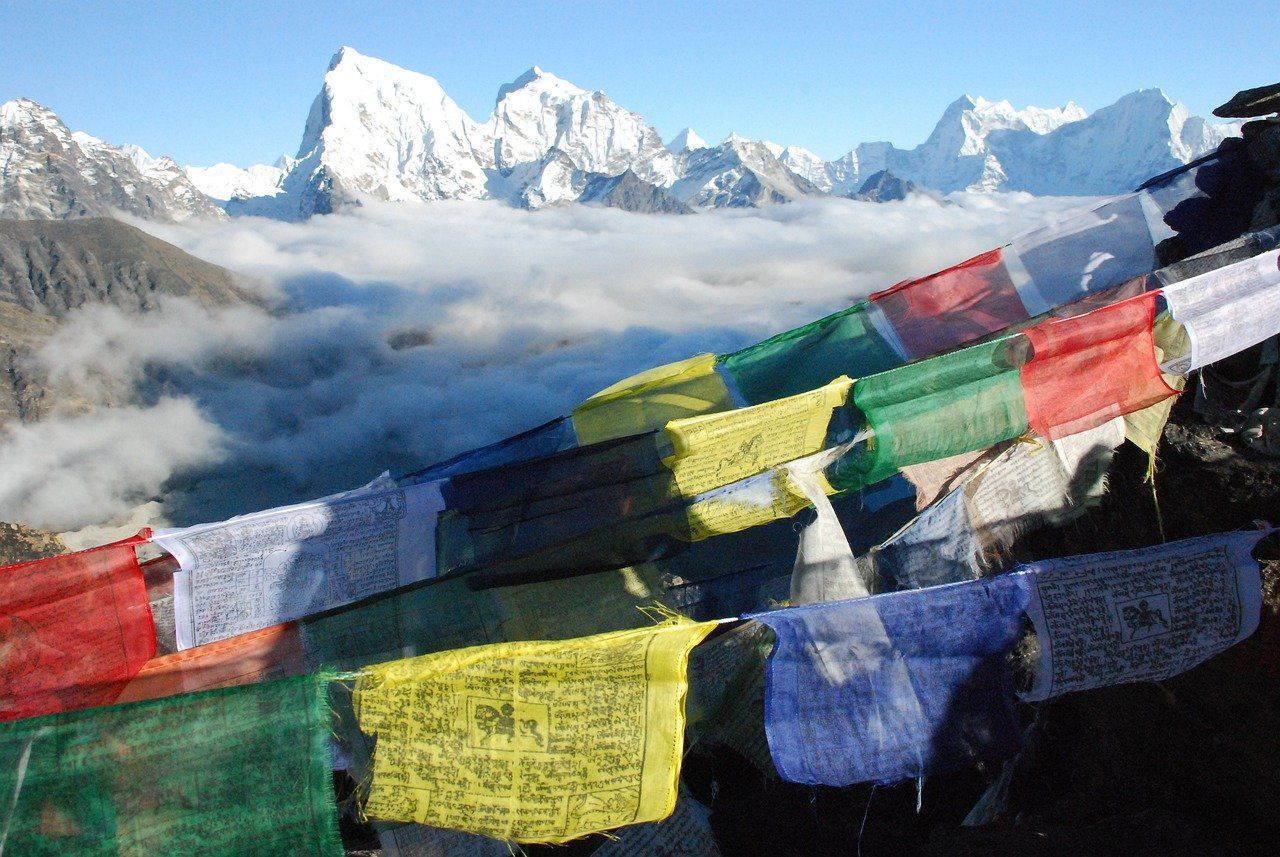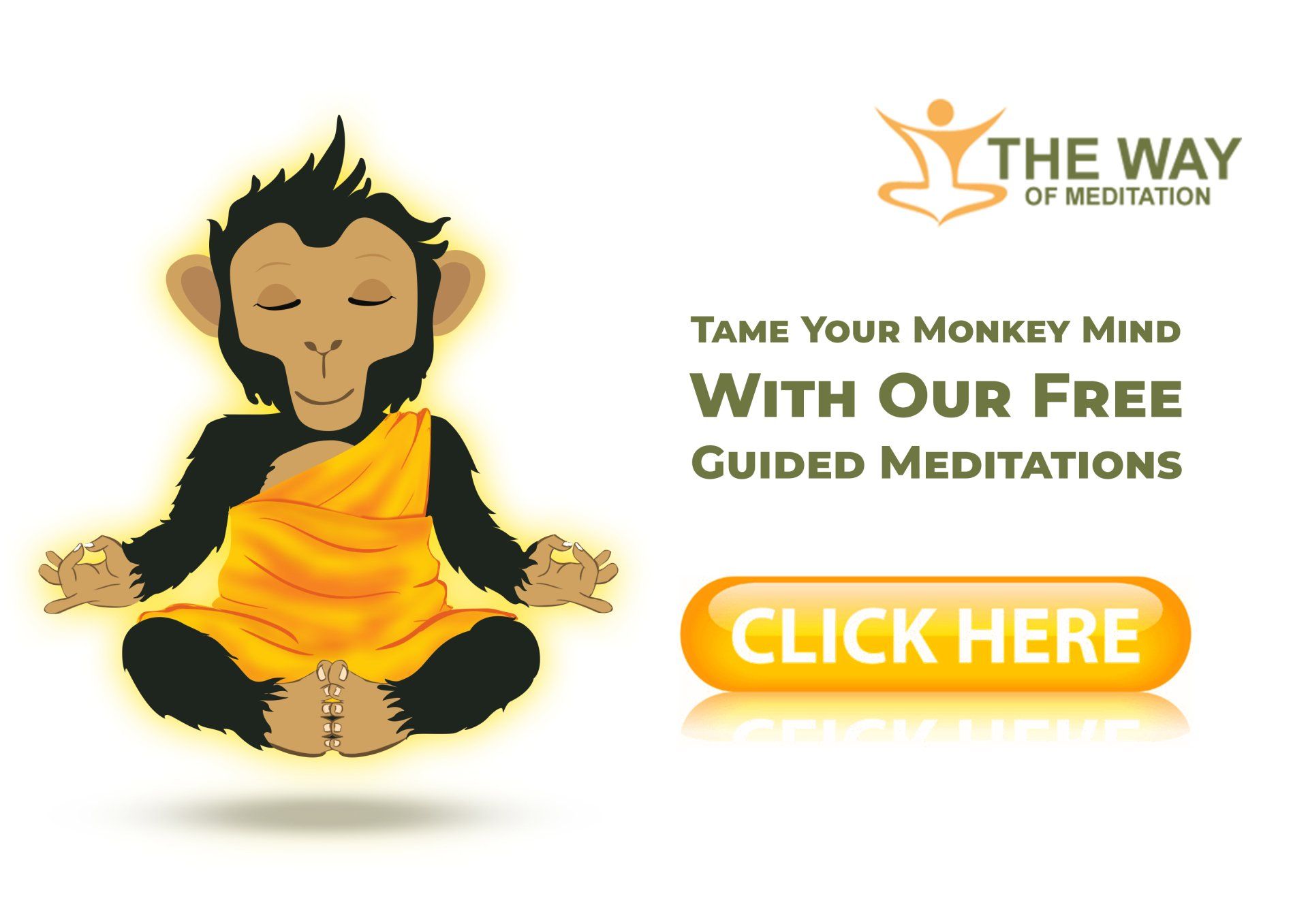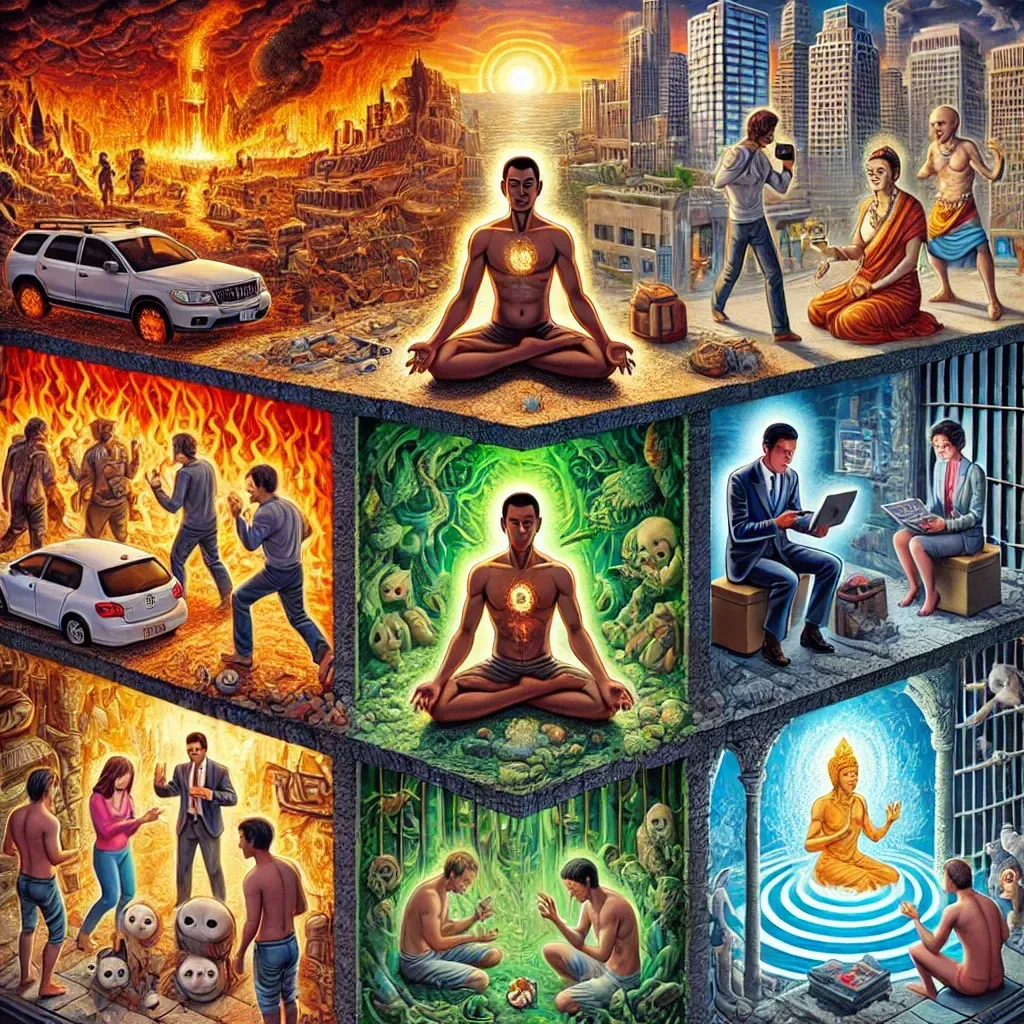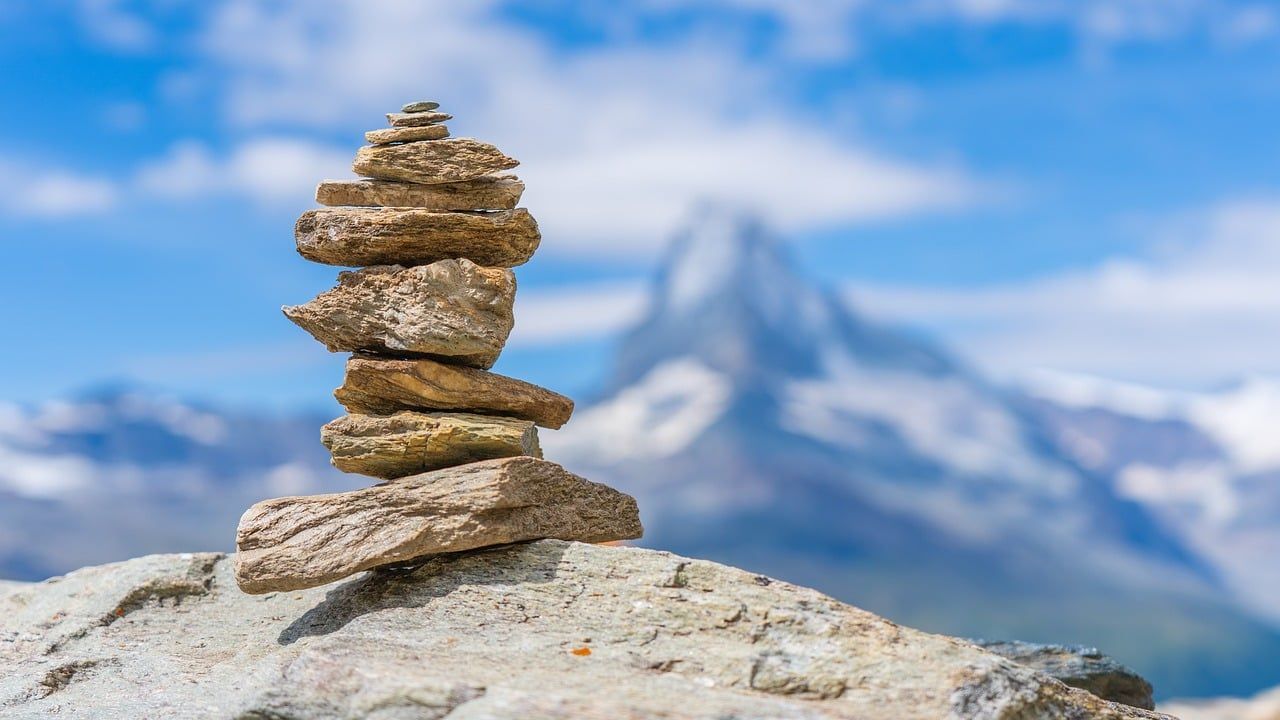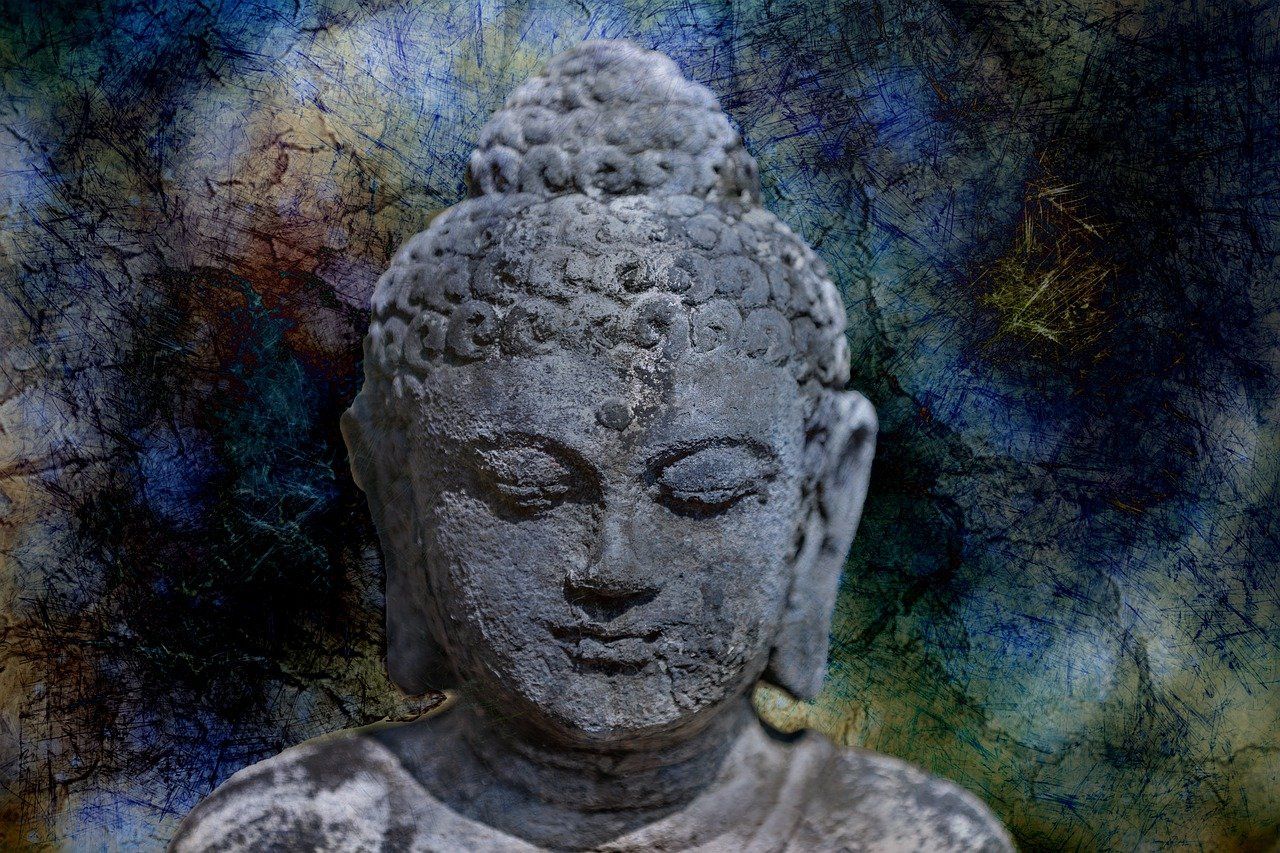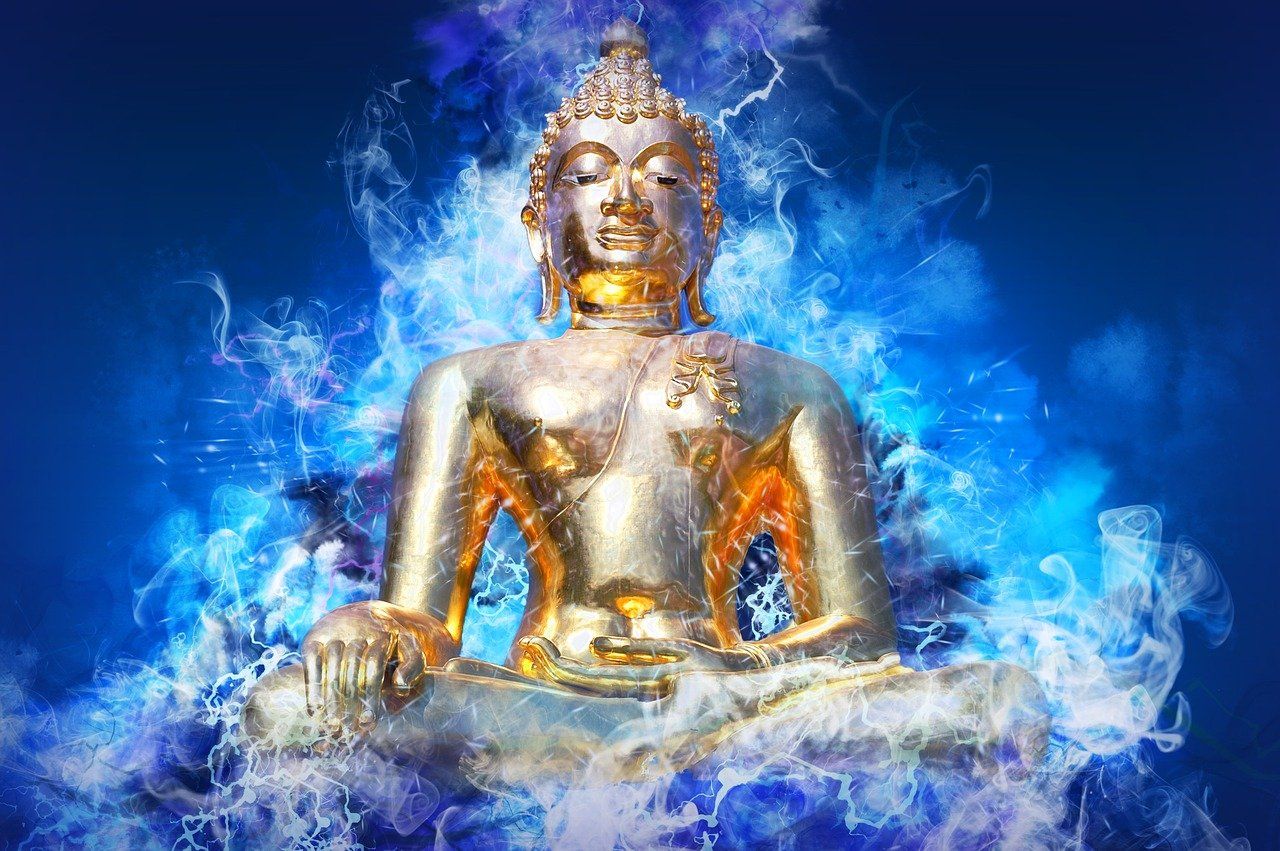The Way of Meditation Blog
Bringing Ancient Wisdom Into The Modern World
The Great Natural Perfection By Dilgo Khentse Rinpoche
Dilgo Khentse Rinpoche • May 17, 2019
Dzogchen
Dzogchen is the ground of being, the universal consciousess that unites us all. Dzogchen is already perfect so there's nothing left to do, it's already aware so there's nothing left to learn and it's already present so there's nowhere special you have to go.
The Great Natural Perfection
This produces a tremendous energy that is usually locked up in the process of mental evasion and a general running away from life experiences.
Clarity of awareness may, in its initial stages, be unpleasant or fear inspiring. If so, then one should open oneself completely to the pain or the fear and welcome it. In this way the barriers created by one’s own habitual emotional reactions and prejudices are broken down.
When performing the meditation practice one should develop the feeling of opening oneself completely to the whole universe with absolute simplicity and nakedness of mind, ridding oneself of all protecting barriers. Don’t mentally split into two when meditating, one part of the mind watching the other like a cat watching a mouse.
One should realize that one does not meditate to go deeply into oneself and withdraw from the world. In buddhist yoga, even when meditating on chakras there is no introspection concentration. Complete openness of mind is the essential point.
The ground of samsara and nirvana is the alaya, the beginning and the end of confusion and realization, the nature of universal shunyata and of all apparent phenomena. It is even more fundamental than the trikaya and is free from bias toward enlightenment. It is sometimes called the “pure” or “original” mind.
Although prajna (wisdom) sees in it no basis for such concepts as different aspects, the fundamental aspects of complete openness, natural perfection, and absolute spontaneity are distinguished by upaya (skillful means) as useful devices.
All aspects of every phenomenon are completely clear and lucid. The whole universe is open and unobstructed, everything mutually interpenetrating. Seeing all things nakedly, clear and free from obscurations, there is nothing to attain or realize. The nature of things naturally appears and is naturally present in time-transcending awareness; this is complete openness.
Everything is perfect just as it is, completely pure and undefiled. All phenomena naturally appear in their uniquely correct modes and situations, forming ever-changing patterns full of meaning and significance, like participants in a great dance. Everything is a symbol, yet there is no difference between the symbol and the truth symbolized. With no effort of practice whatsoever, liberation, enlightenment, and buddhahood are already fully developed and perfected. This is natural perfection.
The everyday practice is just ordinary life itself. Since the underdeveloped state does not exist there is no need to behave in any special way or try to attain or practice anything. There should be no feeling of striving to reach some exalted goal or higher state; this simply produces something conditional or artificial that will act as an obstruction to the free flow of the mind. One should never think of oneself as “sinful” or worthless, but as naturally pure and perfect, lacking nothing.
When performing meditation practice one should think of it as just a natural function of everyday living, like eating or breathing, not as a special, formal event to be undertaken with great seriousness and solemnity. One must realize that to meditate is to pass beyond effort, beyond practice, beyond aims and goals, and beyond the dualism of bondage and liberation.
Meditation is always perfect, so there is no need to correct anything. Since everything that arises is simply the play of the mind, there are no “bad” meditation sessions and no need to judge thoughts as good or evil. Therefore, one should not sit down to meditate with various hopes or fears about the outcome; one just does it, with no selfconscious feeling of “I am meditating,” and without attempting to control or force the mind, and without trying to become peaceful.
If one finds that one is going astray in any of these ways, one should stop meditating and simply rest and relax for a while before resuming.
If, either during or after meditation, one has experiences that one interprets as results, they should not be made into anything special. Recognize that they are just phenomena and simply observe them. Above all, do not attempt to recreate them as this opposes the natural spontaneity of the mind. All phenomena are completely new and fresh and absolutely unique, entirely free from all concepts of past, present, and future—as if experienced in another dimension of time; this is absolute spontaneity.
The continual stream of new discovery and fresh revelation and inspiration that arises at every moment is the manifestation of the eternal youth of the living dharma and its wonders; splendor and spontaneity is the play or dance aspect of the universe as guru.
One should learn to see everyday life as a mandala in which one is at the center, and be free of the bias and prejudice of past conditioning, present desires, and hopes and expectations about the future.
The figures of the mandala are the day-to-day objects of one’s life experiences moving in the great dance of the play of the universe, the symbolism by which the guru reveals profound and ultimate meaning and significance. Therefore, be natural and spontaneous; accept and learn from everything.
Although prajna (wisdom) sees in it no basis for such concepts as different aspects, the fundamental aspects of complete openness, natural perfection, and absolute spontaneity are distinguished by upaya (skillful means) as useful devices.
All aspects of every phenomenon are completely clear and lucid. The whole universe is open and unobstructed, everything mutually interpenetrating. Seeing all things nakedly, clear and free from obscurations, there is nothing to attain or realize. The nature of things naturally appears and is naturally present in time-transcending awareness; this is complete openness.
Everything is perfect just as it is, completely pure and undefiled. All phenomena naturally appear in their uniquely correct modes and situations, forming ever-changing patterns full of meaning and significance, like participants in a great dance. Everything is a symbol, yet there is no difference between the symbol and the truth symbolized. With no effort of practice whatsoever, liberation, enlightenment, and buddhahood are already fully developed and perfected. This is natural perfection.
The everyday practice is just ordinary life itself. Since the underdeveloped state does not exist there is no need to behave in any special way or try to attain or practice anything. There should be no feeling of striving to reach some exalted goal or higher state; this simply produces something conditional or artificial that will act as an obstruction to the free flow of the mind. One should never think of oneself as “sinful” or worthless, but as naturally pure and perfect, lacking nothing.
When performing meditation practice one should think of it as just a natural function of everyday living, like eating or breathing, not as a special, formal event to be undertaken with great seriousness and solemnity. One must realize that to meditate is to pass beyond effort, beyond practice, beyond aims and goals, and beyond the dualism of bondage and liberation.
Meditation is always perfect, so there is no need to correct anything. Since everything that arises is simply the play of the mind, there are no “bad” meditation sessions and no need to judge thoughts as good or evil. Therefore, one should not sit down to meditate with various hopes or fears about the outcome; one just does it, with no selfconscious feeling of “I am meditating,” and without attempting to control or force the mind, and without trying to become peaceful.
If one finds that one is going astray in any of these ways, one should stop meditating and simply rest and relax for a while before resuming.
If, either during or after meditation, one has experiences that one interprets as results, they should not be made into anything special. Recognize that they are just phenomena and simply observe them. Above all, do not attempt to recreate them as this opposes the natural spontaneity of the mind. All phenomena are completely new and fresh and absolutely unique, entirely free from all concepts of past, present, and future—as if experienced in another dimension of time; this is absolute spontaneity.
The continual stream of new discovery and fresh revelation and inspiration that arises at every moment is the manifestation of the eternal youth of the living dharma and its wonders; splendor and spontaneity is the play or dance aspect of the universe as guru.
One should learn to see everyday life as a mandala in which one is at the center, and be free of the bias and prejudice of past conditioning, present desires, and hopes and expectations about the future.
The figures of the mandala are the day-to-day objects of one’s life experiences moving in the great dance of the play of the universe, the symbolism by which the guru reveals profound and ultimate meaning and significance. Therefore, be natural and spontaneous; accept and learn from everything.
See the comical, amusing side of initiating situations. In meditation, see through the illusion of past, present, and future. The past is but a present memory or condition, the future but a present projection, and the present itself vanishes before it can be grasped.
One should put an end to conceptions about meditation and free oneself from memories of the past. Each moment of meditation is completely unique and full of potentiality of new discovery, so one is incapable of judging meditation by past experience or by theory.
Simply plunge straight into meditation at this very moment with your whole mind, and be free from hesitation, boredom, or excitement.
When meditating it is traditional and best, if possible, to sit cross-legged with the back erect but not rigid. However, it is most important to feel comfortable, so it is better to sit in a chair if sitting cross-legged is painful.
One’s mental attitude should be inspired by the three fundamental aspects, whether the meditation is with or without form, and it may often prove desirable, if not essential, to precede a period of formless meditation by a period of meditation with form.
To provide for this eventuality many classes of preliminary meditation practices have been developed over centuries of buddhist practice, the most important being meditations on breathing, mantra recitation, and visualization techniques.
To engage in the second and third of these classes, personal instruction from one’s guru is required, but a few words on the first would not be out of place here as the method used varies little from person to person.
First, let the mind follow the movement of the breath, in and out, until it becomes calm and tranquil. Then increasingly rest the mind on the breath until one’s whole being seems to be identified with it.
Finally, become aware of the breath leaving the body and going out into space, and gradually transfer the attention from the breath to the sensation of spaciousness and expansion. By letting this final sensation merge into complete openness, one moves into the sphere of formless meditation.
In all probability the above description of the three fundamental aspects will seem vague and inadequate. This is inevitable since they attempt to describe what is not only beyond words but beyond thought as well. They invite practice of what is, essentially, a state of being.
The words are simply a form of upaya, skillful means, a hint which, if acted upon, will enable one’s innate natural wisdom and naturally perfect action to arise spontaneously.
Sometimes in meditation one may experience a gap in one’s normal consciousness, a sudden and complete openness. This experience arises only when one has ceased to think in terms of meditation and the object of meditation. It is a glimpse of reality, a sudden flash that occurs infrequently at first, and then, with continued practice, more and more frequently. It may not be a particularly shattering or explosive experience at all, just a moment of great simplicity.
Do not make the mistake of deliberately trying to force these experiences to recur, for to do so is to betray the naturalness and spontaneity of reality.
One should put an end to conceptions about meditation and free oneself from memories of the past. Each moment of meditation is completely unique and full of potentiality of new discovery, so one is incapable of judging meditation by past experience or by theory.
Simply plunge straight into meditation at this very moment with your whole mind, and be free from hesitation, boredom, or excitement.
When meditating it is traditional and best, if possible, to sit cross-legged with the back erect but not rigid. However, it is most important to feel comfortable, so it is better to sit in a chair if sitting cross-legged is painful.
One’s mental attitude should be inspired by the three fundamental aspects, whether the meditation is with or without form, and it may often prove desirable, if not essential, to precede a period of formless meditation by a period of meditation with form.
To provide for this eventuality many classes of preliminary meditation practices have been developed over centuries of buddhist practice, the most important being meditations on breathing, mantra recitation, and visualization techniques.
To engage in the second and third of these classes, personal instruction from one’s guru is required, but a few words on the first would not be out of place here as the method used varies little from person to person.
First, let the mind follow the movement of the breath, in and out, until it becomes calm and tranquil. Then increasingly rest the mind on the breath until one’s whole being seems to be identified with it.
Finally, become aware of the breath leaving the body and going out into space, and gradually transfer the attention from the breath to the sensation of spaciousness and expansion. By letting this final sensation merge into complete openness, one moves into the sphere of formless meditation.
In all probability the above description of the three fundamental aspects will seem vague and inadequate. This is inevitable since they attempt to describe what is not only beyond words but beyond thought as well. They invite practice of what is, essentially, a state of being.
The words are simply a form of upaya, skillful means, a hint which, if acted upon, will enable one’s innate natural wisdom and naturally perfect action to arise spontaneously.
Sometimes in meditation one may experience a gap in one’s normal consciousness, a sudden and complete openness. This experience arises only when one has ceased to think in terms of meditation and the object of meditation. It is a glimpse of reality, a sudden flash that occurs infrequently at first, and then, with continued practice, more and more frequently. It may not be a particularly shattering or explosive experience at all, just a moment of great simplicity.
Do not make the mistake of deliberately trying to force these experiences to recur, for to do so is to betray the naturalness and spontaneity of reality.
Try The Great Natural Perfection Guided Meditation
From Day 17 of The 21 Day meditation Challenge
Get A FREE
Guided Meditation Series
with Chad Foreman
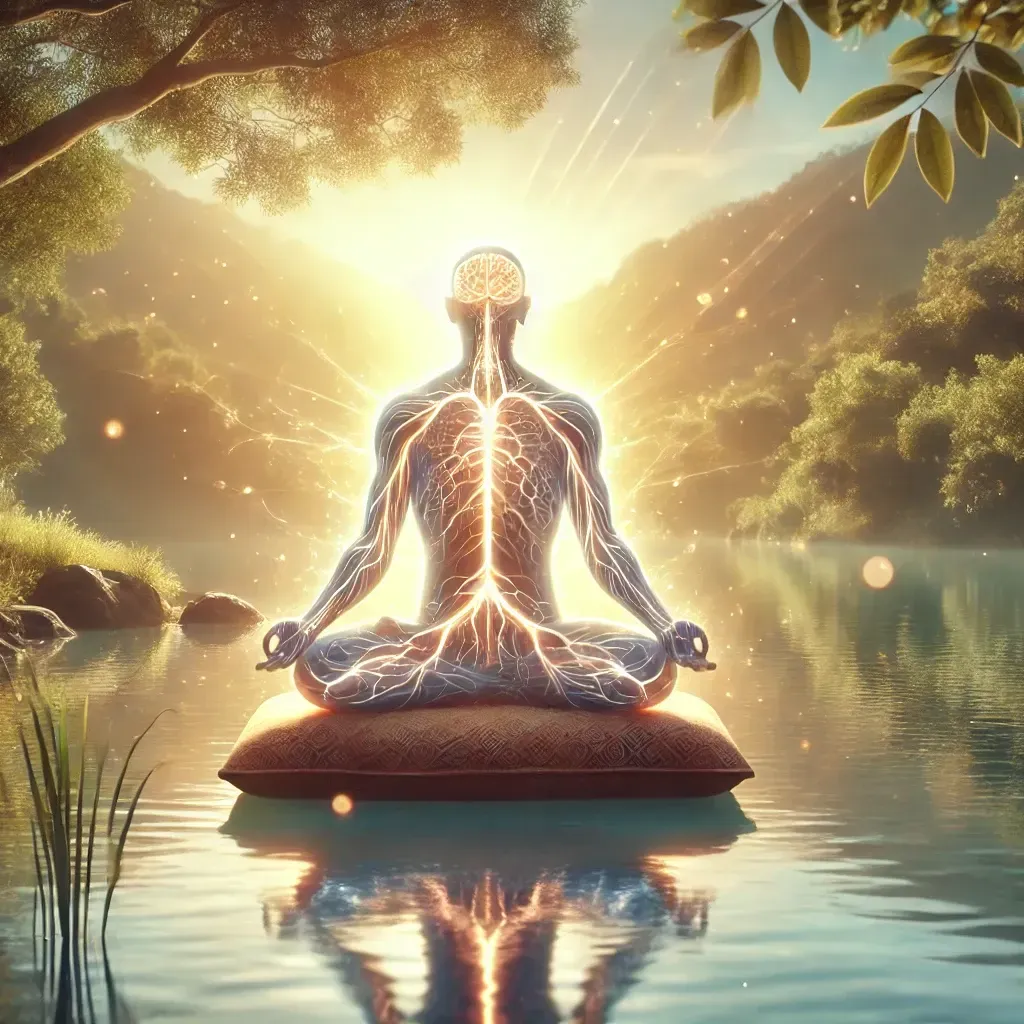
In today’s fast-paced world, the mind often races, driven by the demands of work, family, and personal ambitions. Meditation is commonly seen as a practice to calm the mind, foster inner peace, and connect with deeper aspects of existence. Yet, one crucial element often overlooked is the state of the body, particularly the nervous system. Relaxing the nervous system isn’t just a preparatory step; it is foundational for unlocking the deeper states of awareness and tranquility that meditation promises. Drawing insights from my journey and teachings, we will explore why this is so vital and how it transforms the meditative experience.



